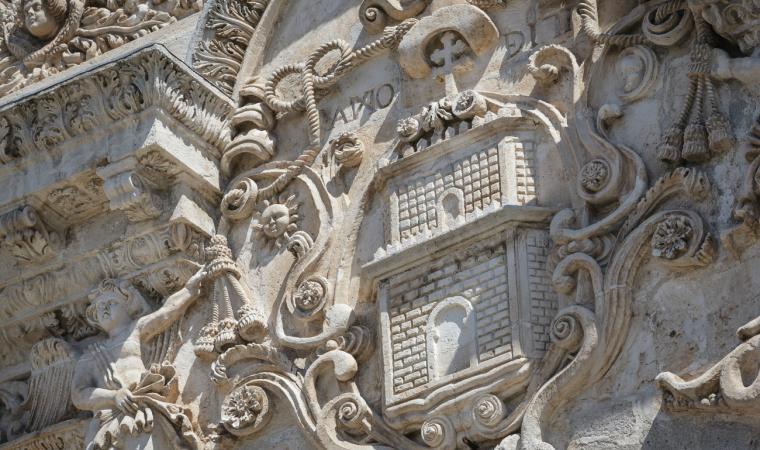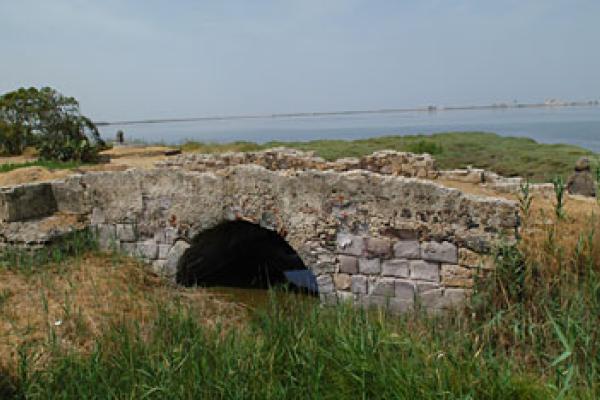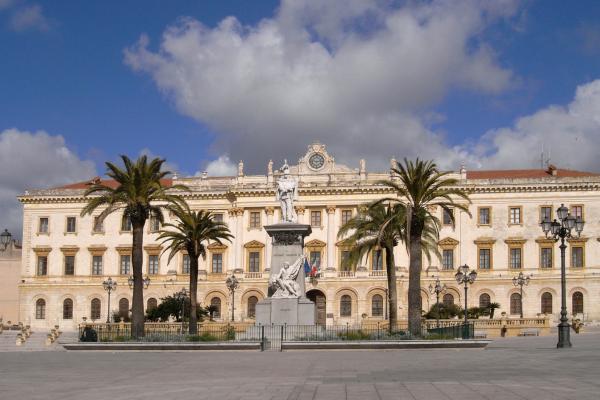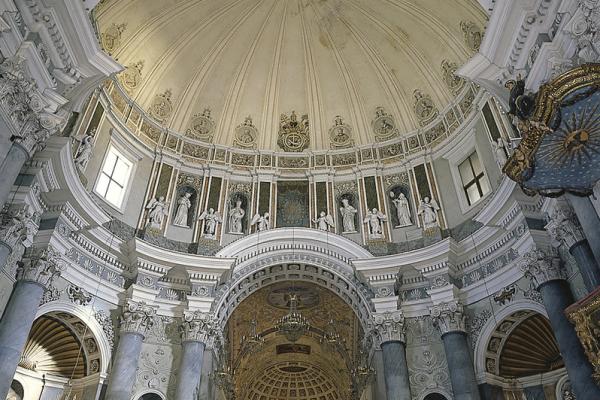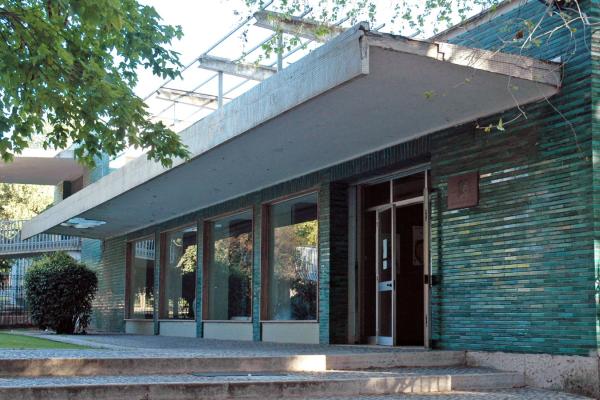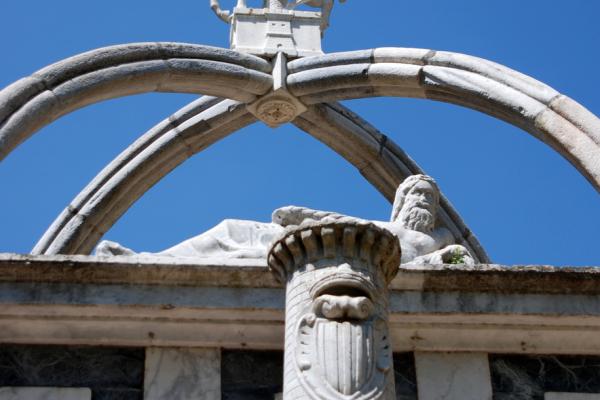A sumptuous and harmonious superimposition of architectural styles, “and yet one would not want to take anything away from it”, as the writer Elio Vittorini said when he saw it. The basilica is named after St Nicholas of Bari, a cathedral since 1441, and is known as the Duomo. It is located in the old town centre, where the first nucleus of Sassari emerged. Gothic vaults, a baroque façade and classical décor are the result of reconstruction work, while its roots are ancient and humble, linked to the origins of the city. The first mention of the church is in the Condaghe of San Pietro di Silki dating back to 1135. It was built over an early Christian building, the remains of which can be seen beneath the apse. The first reconstruction took place in the 13th century in Romanesque style: still remaining is the bell tower, standing to the left of the temple, to which a turret with a small dome was added five centuries later.

Cathedral or basilica
The most important church in Sardinia's second-largest city, in the northwest of the Island, is a mixture of styles and decorations, the legacy of a long history
The most important church in Sardinia's second-largest city, in the northwest of the Island, is a mixture of styles and decorations, the legacy of a long history
See this place because...
You will discover how the great variety of styles and mastery can bring life to a harmonious and unique complex, which is also a treasure chest of works of art and one of the main attractions in Sassari
Pictures and videos
Nearby
Admission
Free admission
Ti piace questo luogo? Alghero potrebbe essere la tua meta ideale.
You may also like
More attractions in the vicinity
Nearby hotels and accommodations

SASSARI
0 km

SASSARI
0 km

SASSARI
0 km


